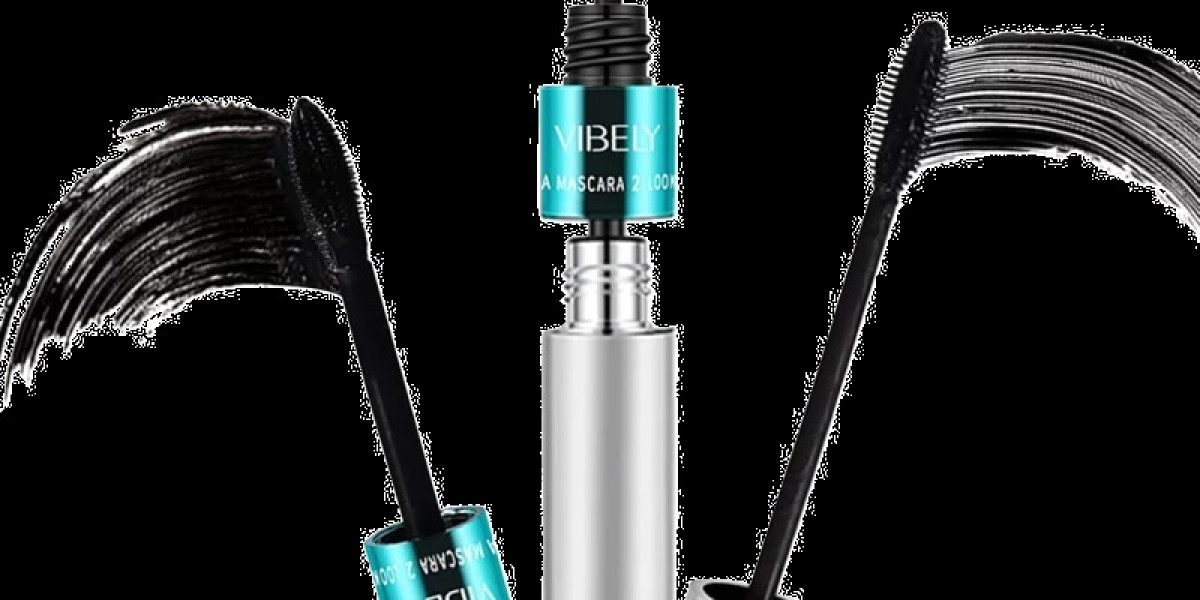Hearing aids are remarkable devices that significantly improve the quality of life for individuals with hearing loss. A crucial component of these devices is the hearing aid sound tubes, which play a vital role in transmitting sound from the hearing aid to the ear. This article aims to provide a comprehensive understanding of hearing aid sound tubes, including their types, functions, and essential maintenance tips.
Types of Hearing Aid Sound Tubes
There are primarily two types of hearing aid sound tubes: thin tubes and thick tubes. Each type serves a specific purpose and is designed for different hearing aid styles.
- Thin Tubes: These are typically used in behind-the-ear (BTE) hearing aids. They are lightweight and less visible, making them a popular choice for users who prefer a discreet option.
- Thick Tubes: Often found in more powerful hearing aids, thick tubes are designed to accommodate higher sound amplification. They are generally more durable and can handle more significant sound pressure.
Functions of Hearing Aid Sound Tubes
The primary function of hearing aid sound tubes is to deliver amplified sound from the hearing aid to the ear canal. However, their role extends beyond mere sound transmission. Here are some key functions:
- Sound Quality: The design and material of the sound tubes can affect the clarity and quality of sound. High-quality tubes minimize distortion and enhance the listening experience.
- Comfort: Properly fitted sound tubes ensure comfort for the user. If the tubes are too long or short, they can cause discomfort or affect sound delivery.
- Durability: Sound tubes are designed to withstand daily wear and tear. Regular maintenance can prolong their lifespan and ensure optimal performance.
Maintenance Tips for Hearing Aid Sound Tubes
Maintaining hearing aid sound tubes is essential for ensuring their longevity and functionality. Here are some practical maintenance tips:
- Regularly clean the sound tubes with a soft, dry cloth to remove any wax or debris.
- Inspect the tubes for cracks or blockages. If you notice any damage, consider replacing them promptly.
- Store your hearing aids in a dry, cool place when not in use to prevent moisture buildup.
Conclusion
In summary, understanding hearing aid sound tubes is crucial for anyone using hearing aids. By recognizing the different types, their functions, and how to maintain them, users can enhance their auditory experience significantly. If you have further questions about hearing aid sound tubes or need assistance with your hearing aids, consult with a hearing care professional for personalized advice.








